Grassroots revival only way forward for new Victorian opposition leader
The Liberal Party opposition must go back to basics to have a hope of winning again in Victoria.
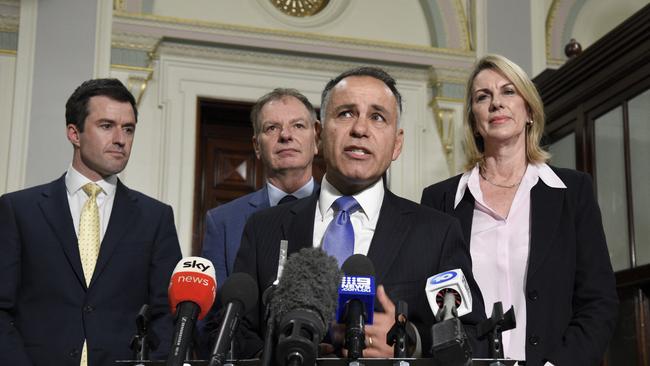
Two weeks after the Victorian election, the armchair strategists and political commentariat have been releasing their takes on the future of the Liberal Party in the southern state. Contrary to those who are enjoying writing the party off, however, the data clearly outlines a future road to majority in Victoria. To pursue it will require hard work and tough decisions, but to do nothing will lead to electoral irrelevance.
The federal and state elections in 2022 have demonstrated that there is no quick fix for the Victorian division of the Liberal Party. When the party was at its best – following the 1996 federal election the Coalition held 21 of 37 seats in Victoria, while shortly after the Kennett government was elected for a second term – there were active local branches across the state with a strong, centralised and well-funded head office.
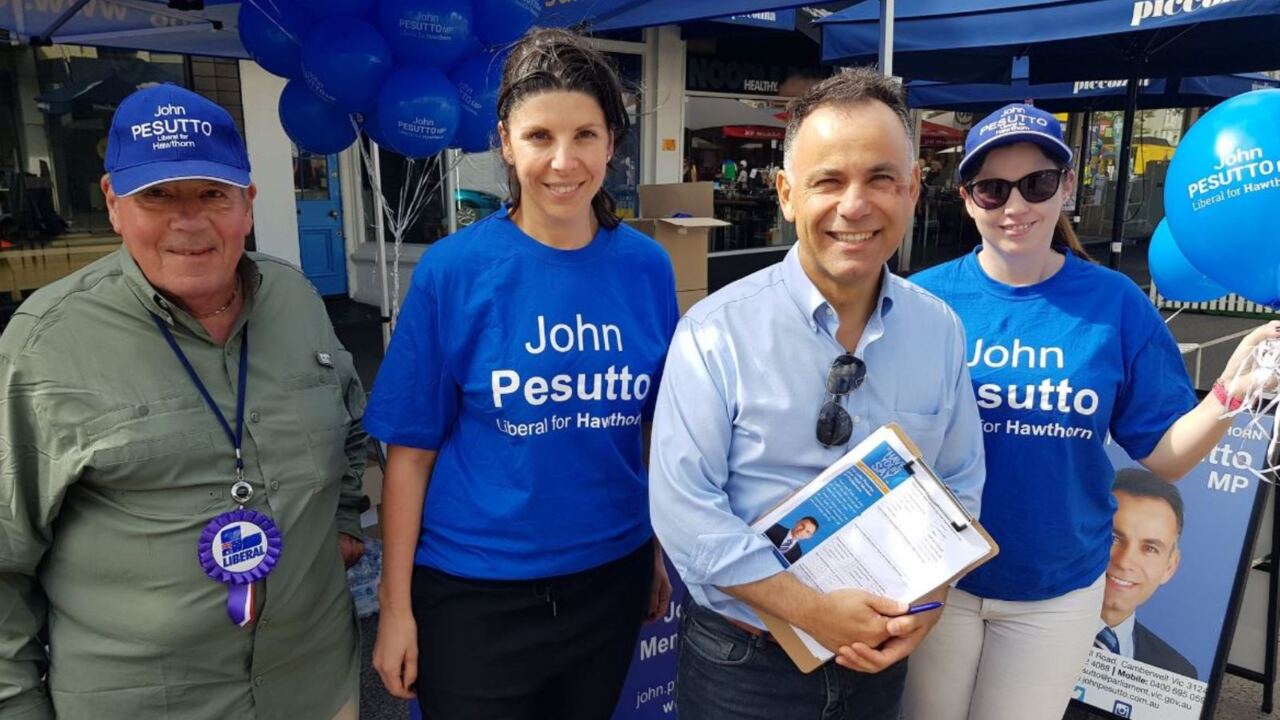
Together they ensured the party organisation was integrated from the bottom up and the top down. Resources flowed to where they were needed to win the seats that delivered electoral majorities at state and federal levels.
By comparison, today’s Victorian Liberal Party is hollowed out. As membership ages and relevance of joining a political party wanes, local branches shrink or disappear in key electorates.
Changes in fundraising rules have curtailed the ability of the party to fund itself. To make up for these two issues, a considered policy approach that could build a party-defining forward agenda is being overlooked in search of a quick headline or sugar hit on social media.
I have worked on internal party research and campaigns for various divisions of the Liberal Party every year since 2009. Over that period, the issues the Victorian Liberals face at the end of 2022 are long-term trends that have been allowed to fester.
If they are not addressed, the consequences will be catastrophic for the party.
The most obvious issue is the party’s falling membership and shrinking branches. Research has long shown that political party membership is seen by current and prospective members as a way to have their opinion heard and make a difference on important issues and policies.
Yet political parties no longer have a monopoly on giving everyday Australians a voice in the age of social and digital media, in which every voter’s opinion has access to a loudspeaker through their smartphone. Liberals, Labor and leftists in danger of ignoring political past
unless Liberal Party membership provides positive differentiation for the voter who shares the party’s philosophical values, there will continue to be an erosion of the local branches and volunteer base. This will lead to a further loss of experience and talent.
Local grassroots organisation is the basis of successful party politics and must be the core focus on road back to majority for the Victorian Liberals. Despite the seduction of new technology, the fundamentals of political campaigns haven’t changed in more than 150 years. In 1840, Abraham Lincoln wrote to his closest advisers: “Keep a constant watch on the doubtful voters and have them talked to by those in whom they have the most confidence.”
The modern lesson from this is that no one can hope to run a successful campaign in Victoria without local grassroot support in the seats that will decide the next election result. This effort can be aided by technology, but technology alone is no silver bullet.
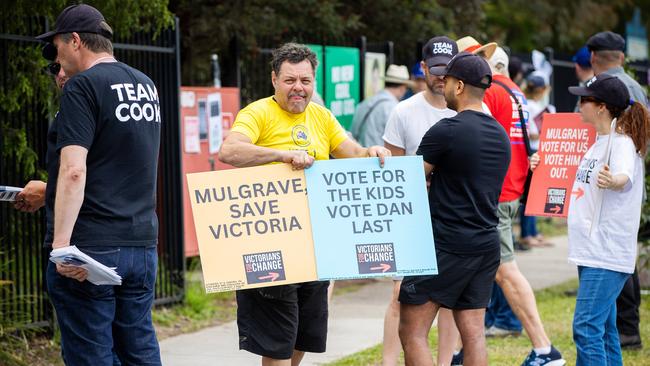
But the debate continues to rage publicly on where the Victorian Liberal Party needs to focus its organisation, and with what demographics.
What is forgotten is that in Australia we have compulsory turnout and preferential voting. Unlike US politics, where parties are increasingly searching for fringe issues to motivate turnout, the challenge for Australian political parties is to find a message that can bring together a broad coalition of voters.
In this uniquely Australian campaign challenge, it is an extremely high bar to manage to win over 50 per cent of the two-party preferred vote at any election. Therefore, the suggestion by some that the Victorian Liberal Party needs to choose some types of voters over others might work for countries that have non-compulsory turnout, but in Australia it is a road to electoral mediocrity. As was proved in 2018.
Further, the most intense media debate about the future of the Liberal Party in 2022 has been about the supposed tension between its “traditional heartland” and the “outer suburbs”. Framing this debate as a choice between the two is a mistake when one looks at the reality for winning elections in our voting system.
Voter models analysing the demographics of every state electorate provide clear evidence that there is no path to majority in Victoria if the Liberals cast aside any part of the electorate. For example, if the Victorian Liberals ignore university-educated professionals, who are heavily concentrated in the “traditional heartland” electorates (think Kew or Brighton), they will never be able to deliver a statewide two-party preferred vote of more than 49 per cent. Or deliver a majority of seats in the Legislative Assembly based on the current boundaries.
On the other hand, the party’s shrinking local party infrastructure in many suburban and regional electorates that carried it to thumping majorities in the past is a major impediment. This failure to maintain a strong grassroot organisation outside the “traditional heartland” of the eastern metropolitan suburbs of Melbourne is the most pressing issue that needs to be addressed immediately, not in four years time.
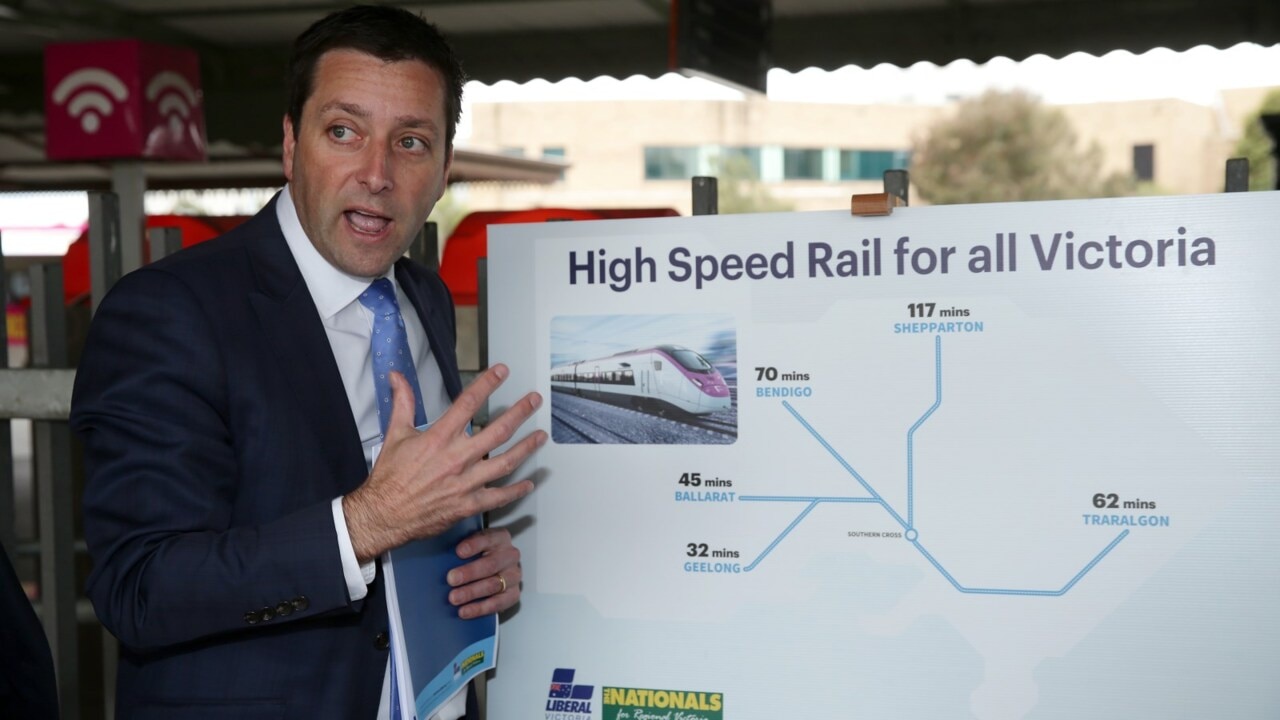
The voter models show that the road to majority for the Victorian Coalition is not found in the eastern suburbs alone, where the party’s members mostly reside. Instead, the road to majority is statewide. Drawn from voters in the western suburbs, the Bellarine, Ballarat, Bendigo, Mildura, Shepparton, Wodonga, Warragul, Morwell, as well as the eastern Melbourne suburbs.
The federal and state election results this year confirmed this strategy is still the way forward. That despite a lack of local branches and local party infrastructure in the target seats provided to the party, there were large swings away from Labor carried by voters who live in working households with a mortgage, on lower than median incomes. Swings to the Liberals in the state election in the electorates of Bellarine, Bendigo East, Bendigo West, Eltham, Eureka, Niddrie, and Yan Yean prove the opportunities identified more than 12 months ago.
The contemporary voter data therefore backs up the long-understood principle in the Liberal Party – that it is successful when it binds together a broad coalition of voters from across Victoria with a few, clear principles.
The splintering of the party’s base in the federal election that led to the rise of the “teal independents” was found in my post-federal election research to be driven by a protest vote by traditional Liberal voters. These voters were angry with the federal Liberal Party for not having a forward economic agenda particularly in relation to homeownership and cost of living. The vacuum that was left by the lack of an economic agenda was filled by socially divisive issues that divided the Liberal Party’s broad base and in turn led to the splintering that saw the rise of the “teals”.

Proof the post-federal election research findings were correct came in the Victorian state election results, which saw the Victorian Liberal campaign fight on issues that matter most to soft voters in its traditional heartland seats. As a result of the Liberal Party proving to its base that it was focused on “their” issues, the teal independents didn’t have enough of a protest vote to carry them to victory.
Despite the defence from the teal challenge, it is no secret that millennial voters here and abroad are making the centre-right’s ability to form broad coalitions of voters more difficult. That is due to the fall in home ownership. Home ownership, and the aspiration to home ownership, has been long identified around the world as a critical element of centre-right electoral majorities. Without it, hope for millennials to gain their own financial independence is diminishing and with it the hope that comes from aspiration.
Aspiration and hope to secure financial independence are falling fastest among millennial voters who are born in Australia, when compared to migrant millennial voters – who, as a broad group, continue to see increasing aspiration for higher education, business, and home ownership.
This brings me to my final point – the need for a forward-focused economic agenda that is not the usual elevator music. Instead, something bold that will set the political agenda for the next decade and define the Liberal Party as a credible and relevant organisation that has novel solutions to the challenges voters cannot overcome on their own.
The Victorian Liberal parliamentary party cannot hope to win the next election by just talking to the press gallery in Spring Street and looking for headlines, via an “announceable”. The new Liberal leader must bypass the Spring Street gallery and talk directly to the voters, and they won’t be able to do that without rebuilding local grassroots in the western suburbs, regional cities, and eastern Victoria; reuniting our base by developing a forward-focused economic agenda; and developing bold policy to expand homeownership for Australians under 40. These are the hard things that need to be done to rebuild the party, but they are the right things to do and are backed by research and data over the past four years.
Andrew Laidlaw is a research and campaign expert who has worked on more than 25 elections in Australia and abroad.


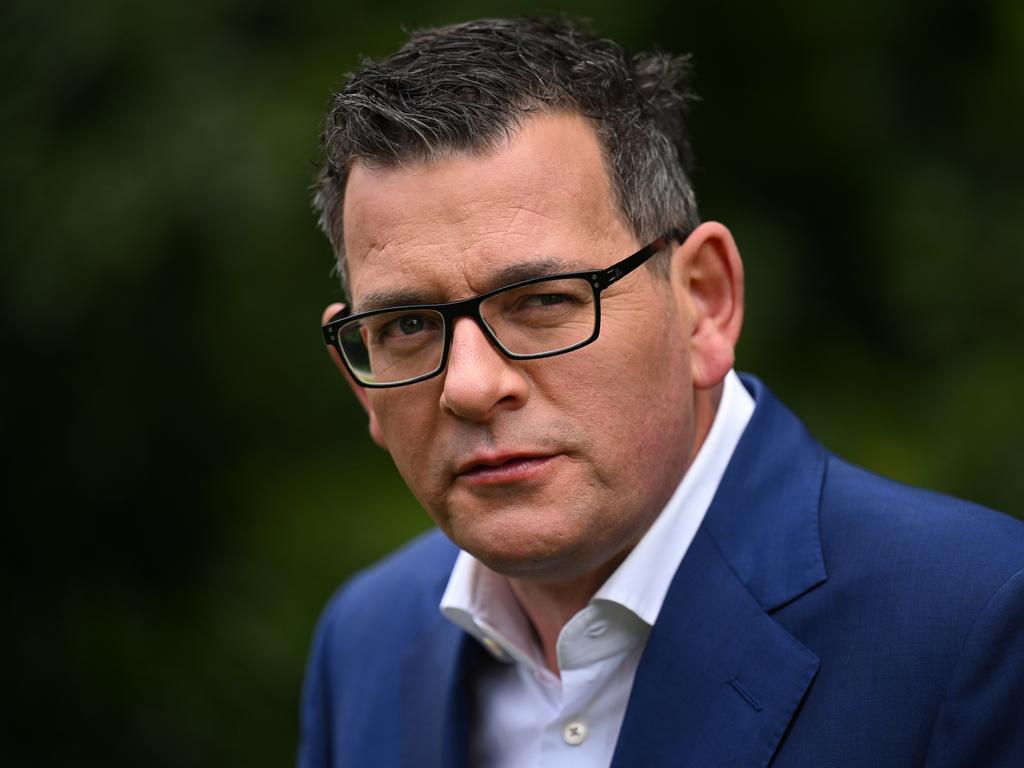
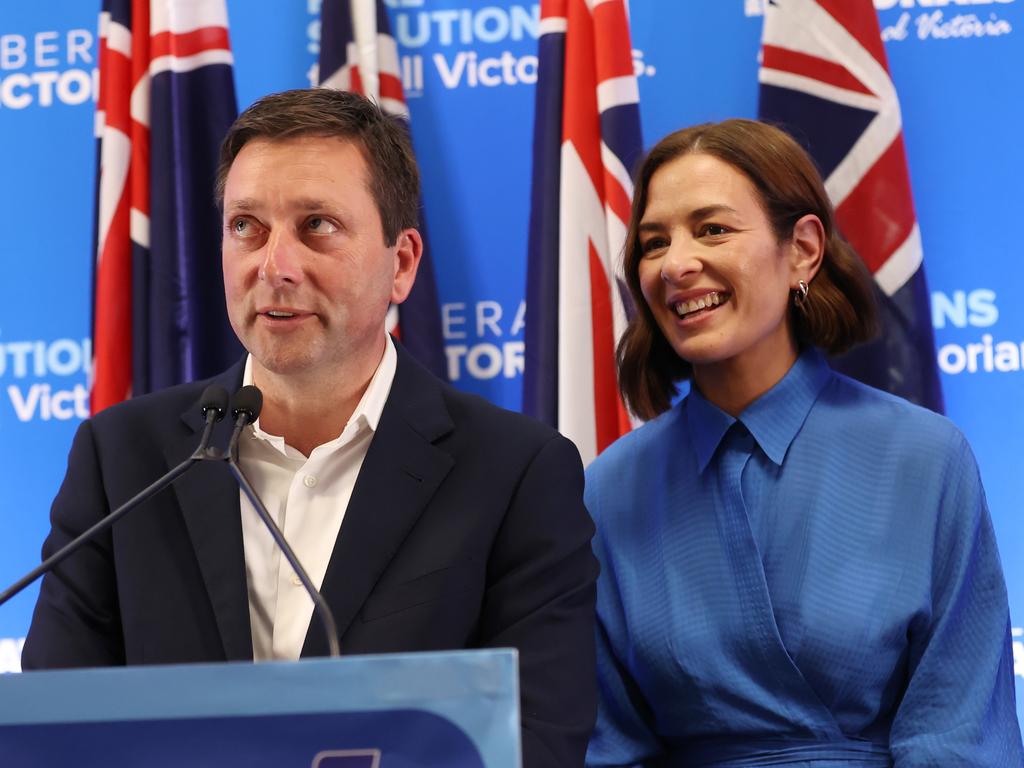


To join the conversation, please log in. Don't have an account? Register
Join the conversation, you are commenting as Logout